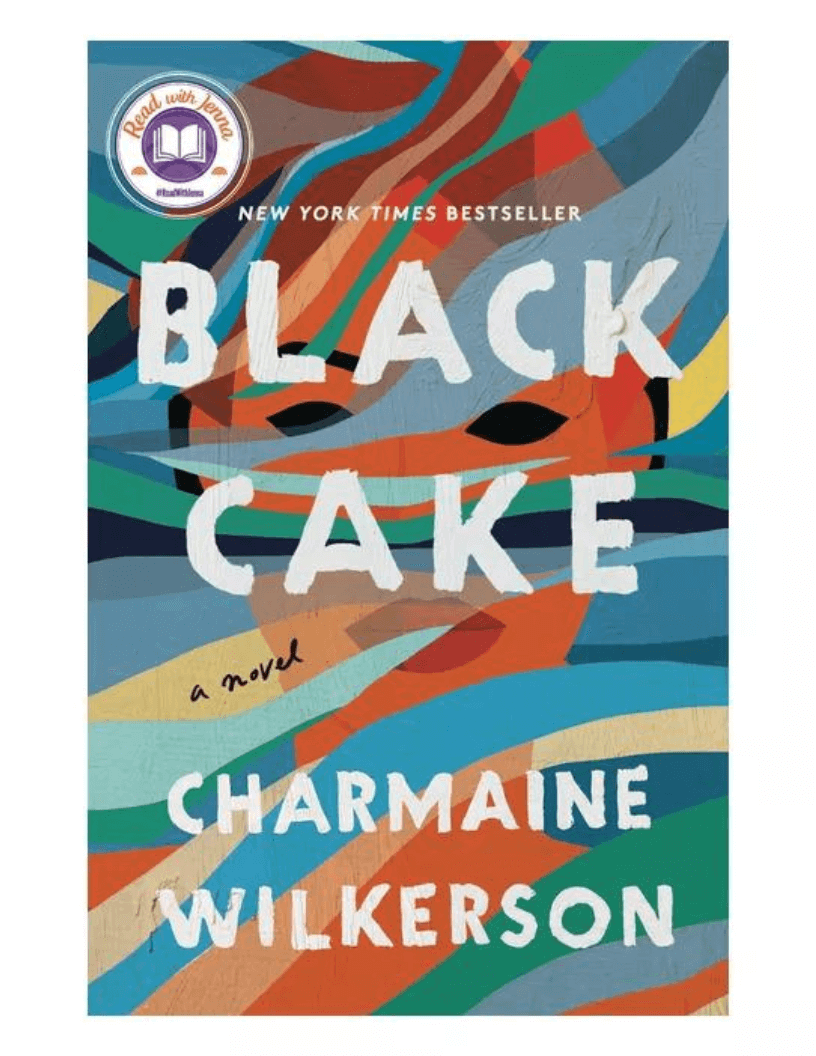Dialogue is a “craft” element (#4 on the Phases to Building a Book pyramid) necessary in writing novel or memoir.
Use of dialogue deepens and distinguishes character, and delivers important story information.
However, revising craft elements like dialogue without first honing story fundamentals (#2) and narrative technique (#3) can leave writers endlessly word-smithing.
How and where you use dialogue is important to the overall shape and pacing of your book.
This week, we’ll discuss direct (quoted) vs. reported speech.
An example of direct speech:
“I’ll go,” he said.
An example of reported speech:
He told me he’d go.
He said he would go.
In simplest terms, reported speech is telling. It moves the reader through events faster than quoted speech.
Quoted speech is real-time and immediate. The reader can see and hear a character say a piece of dialogue.
By these general definitions, reported speech parallels narration and summary, narrative techniques that move the reader though time.
Quoted speech parallels scene, a construct that slows time and allows readers to see events unfold in “real time.”
But like all craft elements, there are no hard and fast rules. You can certainly drop a line or two of dialogue into narrated events, in order to punctuate meaning and character.
And you can use reported speech within scenes, in order to zip up longer conversations and let the most important pieces of dialogue stand out.
The craft is in using quoted vs. reported speech strategically.
When narrating events, avoid dropping in lines of quoted dialogue without good reason – i.e. giving context for why that dialogue, above any other “real-time” details, made such an impact on the protagonist.
Likewise, while in scene, unfolding a single event in “real time,” the sudden insertion of reported speech can pull a reader “out of scene.”
In other words, story time shifts from the present “real time” to some other point in time.
An non-strategic use of direct vs. reported speech (or using majority one or the other) can make readers feel buffeted around in time, or worse – never allowed to descend into the “real time” of scene and experience events with a point of view character.
Being able to manipulate story time without leaving the reader lost or confused (or bored) is a tall order!
But strategically using direct vs. reported speech can help.
 | Author Charmaine Wilkerson beautifully uses narration in her multi-timeline, multi-POV novel, Black Cake, to move the reader through generational events. |
Black Cake by Charmaine Wilkerson; 2022 Ballantine Books Trade Paperback Edition, pg. 36
In this excerpt, past events are narrated from the protagonist’s point of view:
Twelve hours later, no Mummy. The police came to the house, nodding as her Pa talked. Yes, they said, they’d see what they could do.One week later, Pa took Covey’s hand in his and wiped the tears from her face. He said her ma would be back soon, she’d see. Pa was tipsier than usual. Pearl hugged Covey extra tight.
(Italicized emphasis mine)
As readers, we know these conversations involved many more details, but Wilkerson uses reported speech to speed up, and also mark past events.
Try this:
What’s your dialogue tendency?
Do the majority of conversations in your draft use direct (quoted) speech?
Look for places where you might report and /or condense quoted speech, especially when summarizing events, or narrating, moving the reader faster (than scene) through time.
On the other hand, if you tend towards reported speech when drafting, are there important moments between characters that can be shown using direct speech?
This dialogue work can be a powerful tool to develop your narrative technique and strengthen your draft!




0 Comments